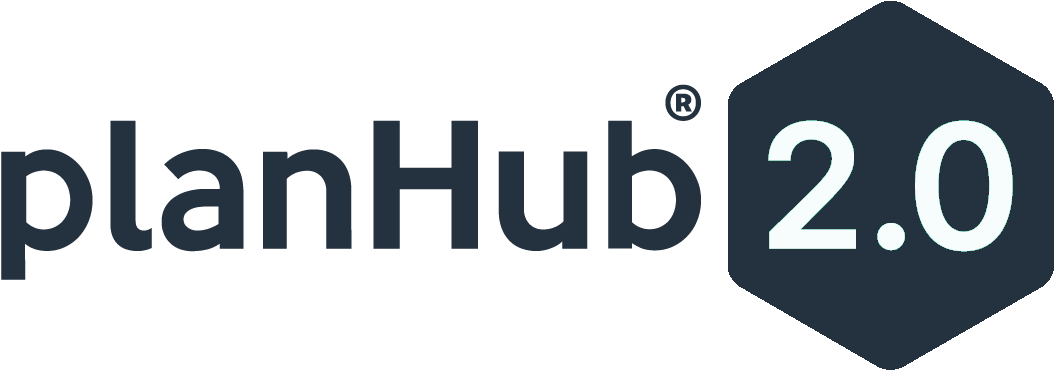It’s well-known that the construction industry is complex and requires layers of strategic insurance. The need for protective insurance relates to unique building circumstances, especially in heavy construction areas like New York. Many general contractors and subcontractors quickly become pros at insurance layering to cover all their bases, but some liability loopholes are notoriously tricky. Action-over lawsuits are one such liability loophole.
What is an Action-Over Lawsuit?
Action-Over lawsuits are unique to New York due to some unusual legacy liability laws applied to the construction industry. Action-over cases happen when an injured worker claims and receives their worker’s compensation, then sues a third party (not the employer) for an unsafe work environment. The action-over is the legal action the injured employee takes on top of their successful worker’s compensation claim.
For example, let’s say we have a building owner, general contractors and subcontractors, and a construction worker. The building owner hires the general contractor or subcontractor, who then employs the construction worker. The construction worker is injured and files a worker’s comp claim with their general contractor or subcontractor. In addition, they also sue the building owner for unsafe work conditions. This is an action-over lawsuit.
Why Action-Over Suits are Risky to Employers
You might be wondering why employers, like general contractors and subcontractors, are the ones who need to worry about action-over claims. The reason is due to hold-harmless and indemnity agreements. Most construction contracts include a clause that promises not to hold the hiring party (the building or landowner) responsible for injuries and other legal concerns that arise during the construction process.
So when an injured employee targets the deepest pockets (a real estate firm, for example), that claim might bounce right back onto their employer due to the indemnity clause. Since the employee directly works for the contractor and the contractor agreed to hold the building-owner harmless, the contractor is now on the hook for the action-over claim even though they have already granted a worker’s comp settlement.
What is Action-Over Coverage?
The anatomy of a New York contractor’s security policy would confound most. The complex network of coverage, exclusions, and gap-coverage is necessary to ensure you don’t get hit with a multi-million dollar liability claim in a uniquely excluded situation. General liability insurance, for example, often does not include and sometimes expressly excludes action-over claims.
Thus, it is best to look for a policy that offers explicitly action-over coverage. Action-over coverage ensures that you have an insurance policy in place if one of these unique bounce-back claims lands in your lap. If one of your injured workers tries to target the client or premises and ends up hitting your company instead (due to indemnity agreements), you need to have protection. Action-over settlements can reach tens of millions of dollars, especially in cases of severe, permanently damaging injuries, and your company needs to be protected.
The Known Risk of Action-Over Claims
Action-over coverage is something every New York general contractor and subcontractor needs and is highly useful beyond New York insurance’s unique bounds. However, it’s becoming more and more necessary to obtain jobs and safely employ a team. Many contracts now require action-over coverage; this is because the risk is substantial.
Action-over claims occur most commonly concerning falls from scaffolding or into holes because of the Scaffold Law (Labor Law 240 and 241), which deems all gravity-related injuries are automatically the contractor’s responsibility.
Action-over insurance makes sure that your company can absorb these potential costs, take care of workers, and prevent insurance fiascos with clients all at the same time.
Here at PlanHub, we’re dedicated to helping general contractors and subcontractors every step of the way, including understanding the nuances of construction planning logistics like action-over insurance. For more industry news, or to learn more about our software and how it can help you expertly plan your next project, contact us today!





